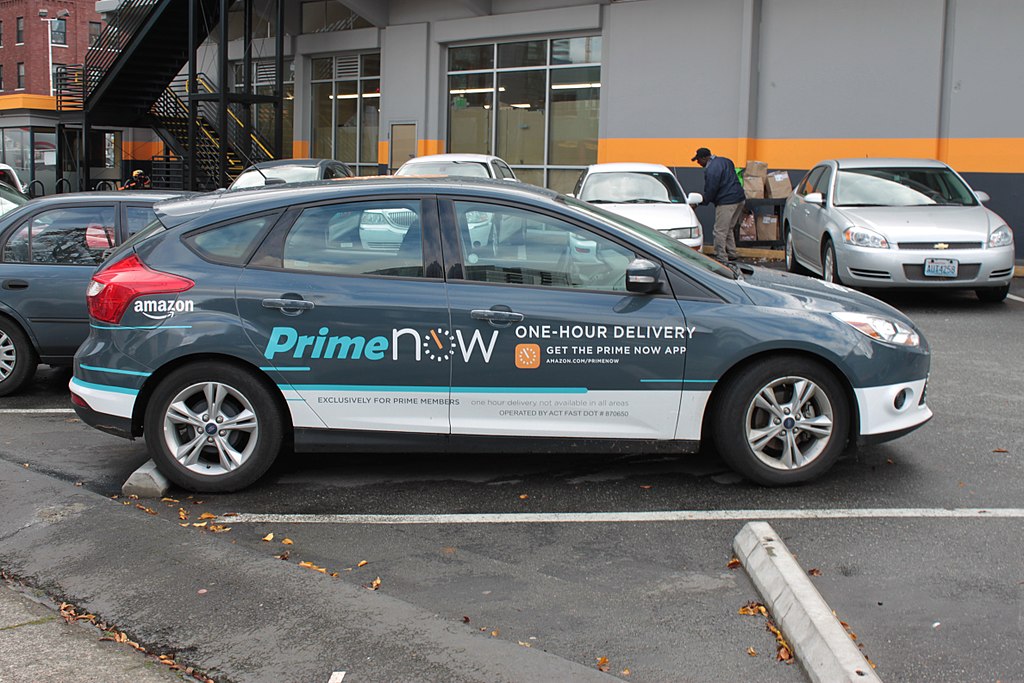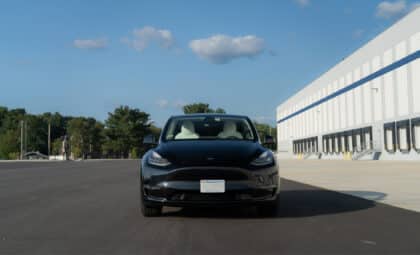
I’ll admit that I’m an Amazon Prime member, despite my threats throughout the year to cancel the service. While I buy my physical books at indie bookstores and frequent a local grocer for most of my food, sometimes it’s just nice to have that two-day Prime shipping option in my back pocket. As the service expands, Amazon is racing to keep up and provide faster service, peppering the roadways with its dark grey vehicles. The question is, how much are we willing to give up in the interest of faster package delivery?
Keep Your Work Vehicle Running: Check out proper truck care
A long-form report from Buzzfeed News and ProPublica released earlier this month looked to shine a light on just how destructive Amazon’s shipping practices have become. The giant company’s first foray into using contracted delivery companies instead of traditional shipping services got off on the wrong foot in 2013, when a contracted Amazon van driver turned left into a cyclist’s path in San Francisco. The strike killed the rider, Joy Covey, who just happened to be Amazon’s first chief financial officer.
If you think that a high-profile death like that (which also led to a $6.25 million settlement) would make them pause and evaluate their safety practices, you would be wrong. As Amazon presses on, they routinely bungle safety in the interest of speed and affordability. When they launched Rabbit, an app that looks at the packages in the truck and plans an optimal route, the directions it provided often required many left turns, U-turns, and parking in no-stopping zones. More seasoned delivery services, most notoriously UPS, plan their routes to avoid many of these maneuvers because they expose drivers and pedestrians to the most risk.
Amazon crows that in 2018, it offered about one million hours of safety training and spent about $55 million on “safety improvement projects.” However, if you consider that they have more than 250,000 employees in the US and that it spent about $27.7 billion on shipping in the same time, you see how little the company truly invests in safety.
Looking For Your Own Vehicle? Learn more about GM’s Certified Pre-Owned program
Even when they hired a former FedEx lawyer, Penny Register-Shaw, to look into their delivery contract program, they didn’t do much to improve the lives of drivers. Small suggestions, like parking vans closer to the depot so drivers didn’t have to lose delivery time retrieving them, fell on deaf ears. Even findings like underinsured contracting companies and drivers urinating in bottles or defecating on customer yards provoked few or slow responses. When she proposed even something like random drug tests for contracted drivers, Amazon refused to make the changes.*
As more reports like this hit the press, the company is sure to put its spin on it. While more measures were put in place for the 2019 season to make safety more of a priority, it still only makes up about 17 percent of a contractor’s score, while quality got a larger share at 33 percent. That didn’t stop injuries and deaths, however: In late October, an Amazon contractor turned left into a Chicago townhouse neighborhood and killed a toddler splashing in a puddle on his driveway.
While the government could take action to enforce delivery driver safety, the only thing big companies really listen to is money. Will you rethink giving money to Amazon in the new year?
*For the record, drivers are tested before they start work and after any accidents, but there is no random screening process in place.
A Dayton native, Rebecca got her start blogging at the curiously named Harlac’s Tongue while studying abroad in the UK. She loves tooling around town with her Ford Focus named Jerome to the song they’re playing on the radio. On any given weekend, you can find her with her camera at area festivals, concerts, and car shows, shopping at flea markets, or taking an adventure on the open road. See more articles by Rebecca.









